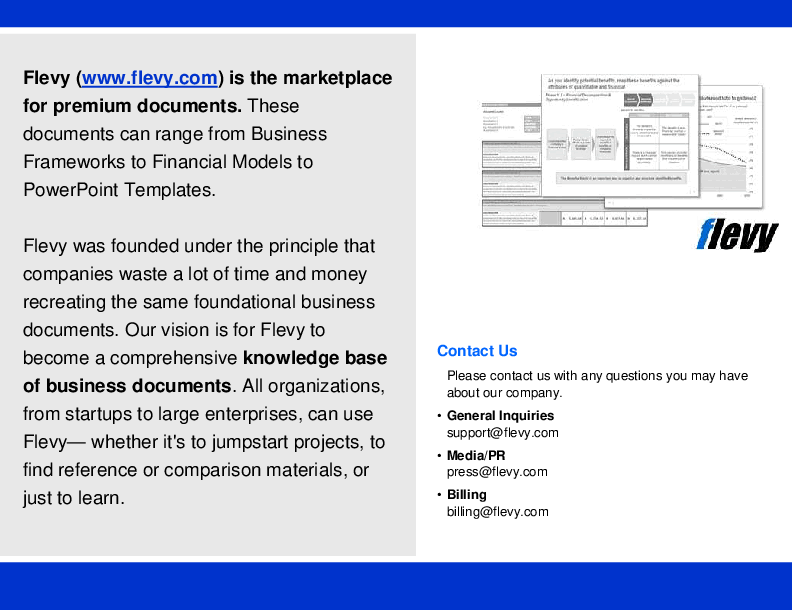PARETO PRINCIPLE WORD DESCRIPTION
What is the Pareto Principle (80/20 Rule)?
The Pareto Principle, also known as the 80/20 Rule, The Law of the Vital Few, and The Principle of Factor Sparsity, illustrates that 80% of effects arise from 20% of the causes ? or in layman's terms ? 20% of your actions/activities will account for 80% of your results/outcomes.
The Pareto Principle gets its name from the Italian-born economist Vilfredo Pareto (1848-1923), who observed that a relative few people held the majority of the wealth (20%) ? back in 1895. Pareto developed logarithmic mathematical models to describe this non-uniform distribution of wealth and the mathematician M.O. Lorenz developed graphs to illustrate it.
Dr. Joseph Juran was the first to point out that what Pareto and others had observed was a "universal" principle—one that applied in an astounding variety of situations, not just economic activity, and appeared to hold without exception in problems of quality.
In the early 1950s, Juran noted the "universal" phenomenon that he has called the Pareto Principle: that in any group of factors contributing to a common effect, a relative few account for the bulk of the effect. Juran has also coined the terms "vital few" and "useful many" or "trivial many" to refer to those few contributions, which account for the bulk of the effect and to those many others which account for a smaller proportion of the effect.
Got a question about the product? Email us at support@flevy.com or ask the author directly by using the "Ask the Author a Question" form. If you cannot view the preview above this document description, go here to view the large preview instead.
Source: Best Practices in Pareto Principle Word: Understanding the Pareto Principle (80/20 Rule) Word (DOCX) Document, Charles M. Intrieri Consulting





